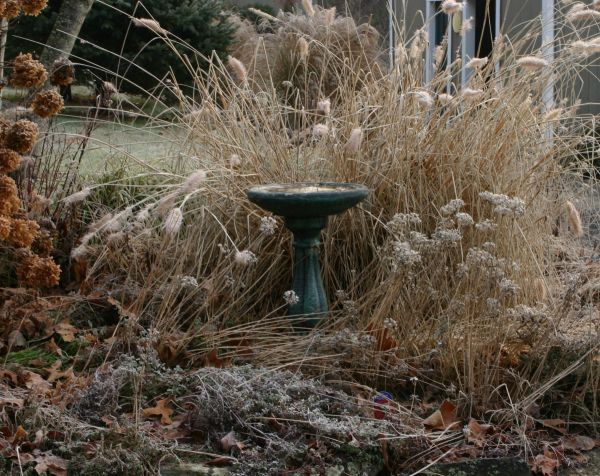
With the flurry of the holidays bearing down upon us, now is the perfect time to make a list of winter garden tasks to accomplish over the coming months. I find that if I wait until the longest, dreariest part of the year is upon me, I lose sight of what needs doing to get the garden properly poised for the “on-season.” At this point, the garden may look like a sodden mess from the window. When there is a dry day and the sun is peeking through the clouds, it’s the perfect opportunity to rush outside and check some tasks off your winter to-do list. One of the most exciting things about spring is that it happens one day at a time, so if you are in the garden in the “off-season” you’ll get to see it unfolding. Here are some fall and winter garden tasks to do this month and throughout the three phases of winter.
Late Fall/Early Winter Garden Tasks
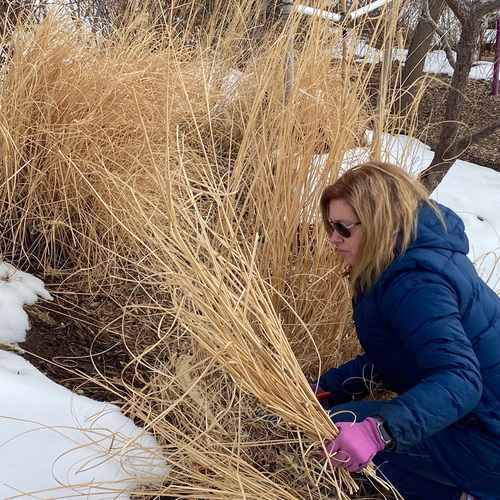
Cut back grasses
Most of the ornamental grasses are pretty much in shambles by now. The birds have feasted on the seed heads, and most of the foliage is broken or collapsed. Now is the time to cut these plants back. My favorite tool for this task is a cordless hedge trimmer. It makes quick work of the dried floppy stems and gets a nice neat base. If your grasses need to be reduced this is also the perfect time to cut around the edges with a sharp spade to remove some growth. Or you can cut the entire plant in half and replant the other half in another spot.
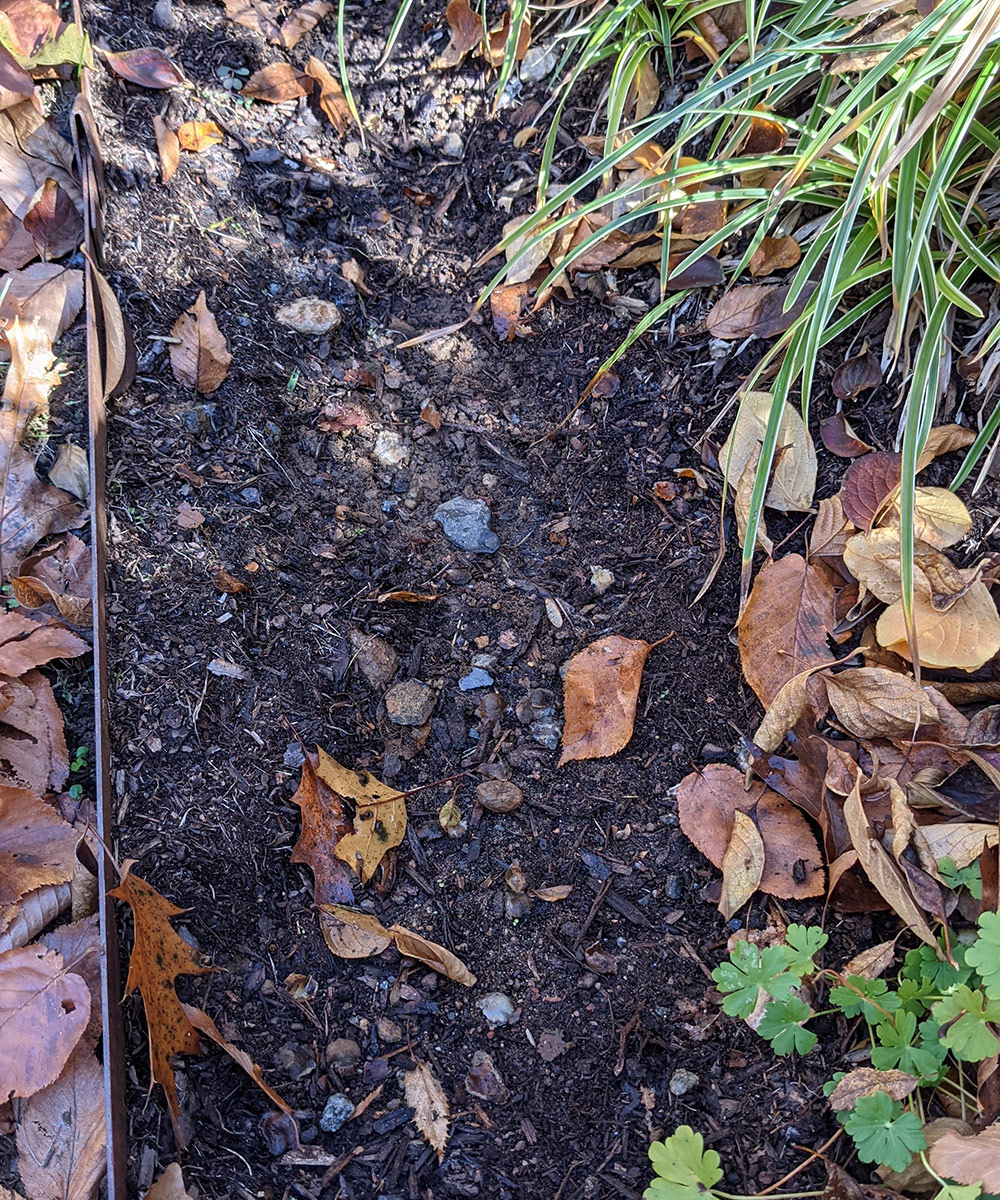
Document and reroute runoff
With the return of frequent rains, now is the time to take note of areas where excessive rain has pooled or caused rivulets to cut into the ground. Some redirecting of the excess water should be done now to ensure that the rain keeps flowing off the planting beds and the soil doesn’t become supersaturated. Take pictures of any area where water settles and remains for more than a day after a rainfall. These areas can be fixed in spring by providing better drainage and changing slopes.
Midwinter Garden Tasks
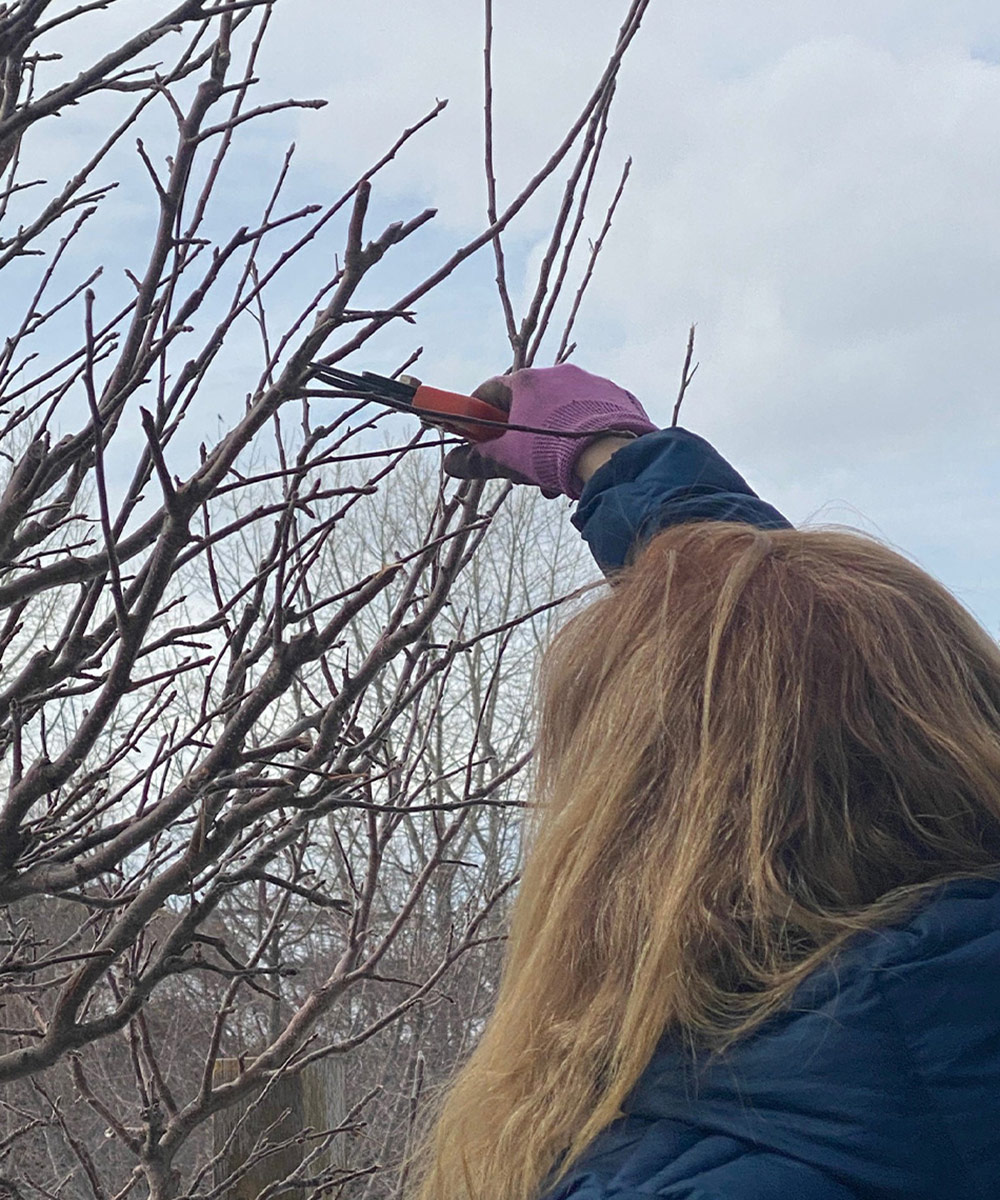
Prune certain plants
This task also includes pruning deciduous trees. The structure is very easy to see without the leaves on them. Remember the three Ds of pruning: dead, diseased, and damaged. Those are the first branches to go, and then move on to the fine pruning. This includes shaping, reducing the height, and creating space throughout the branches and around neighboring trees and shrubs so that each tree stands alone without crowding. Winter pruning encourages spring growth, while summer pruning controls growth. There are good tutorials online and great books on the subject to help give you confidence in pruning tasks.
Late-Winter Garden Tasks
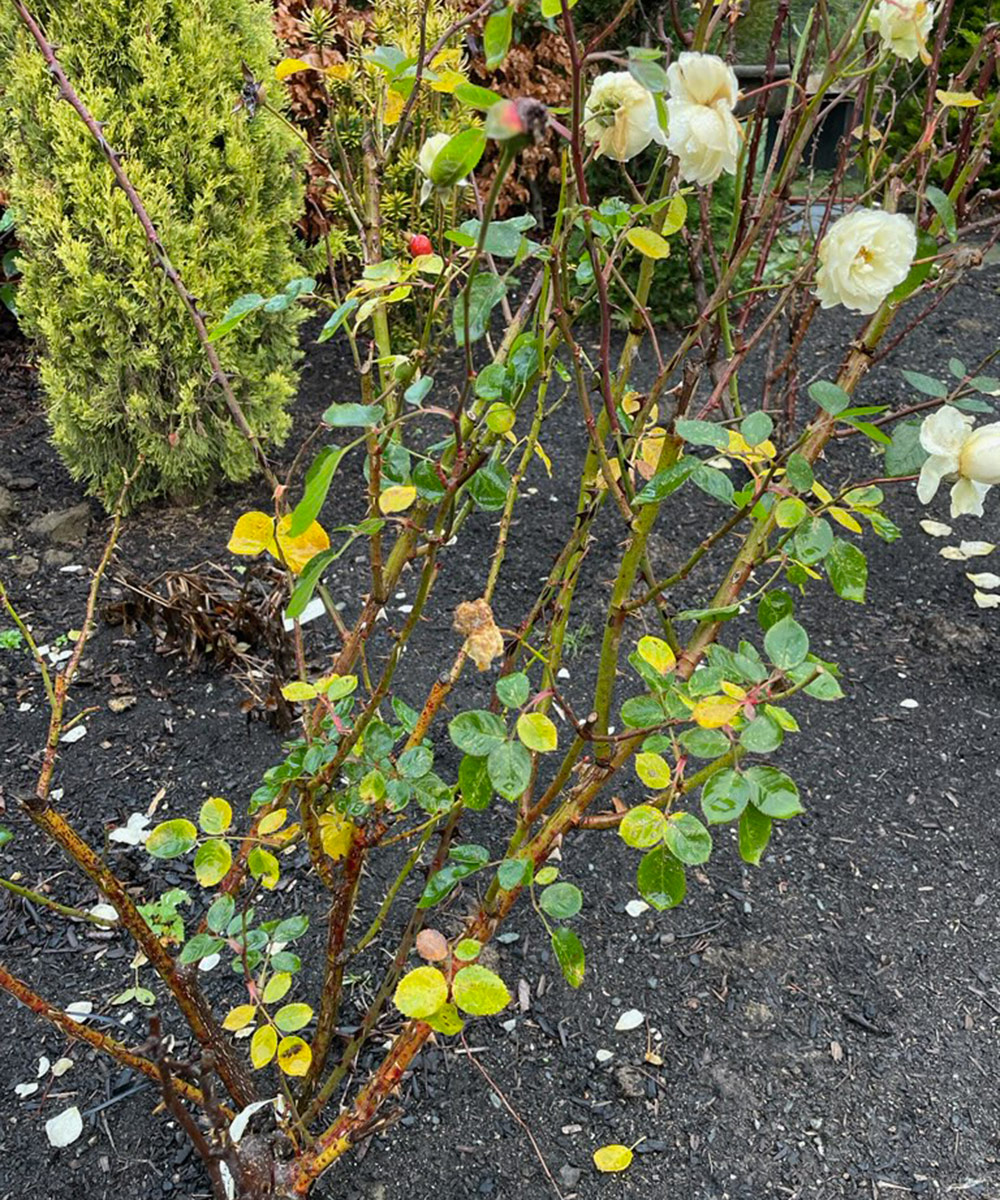
Remove excess leaves
Clean up any leftover leaves that have scattered into the garden beds as spring approaches. Insects can overwinter on dying foliage, so I often leave fall leaf drop on many of my beds. This helps protect the soil from runoff and keeps weeds down too. But in late winter/early spring it’s time to remove those leaves and put them into a leaf mold pile. Any plant that is susceptible to fungus, mildew, or insect pests (think roses) needs to have the remaining leaves around it pulled away. The base of the plant should have no debris around it at all. Top the beds off with a thin layer of organic mulch that has been composted around your dormant plants (so it will be available for feeding the roots when they wake up). This mulch keeps any soil from splashing back on stems and causing disease.
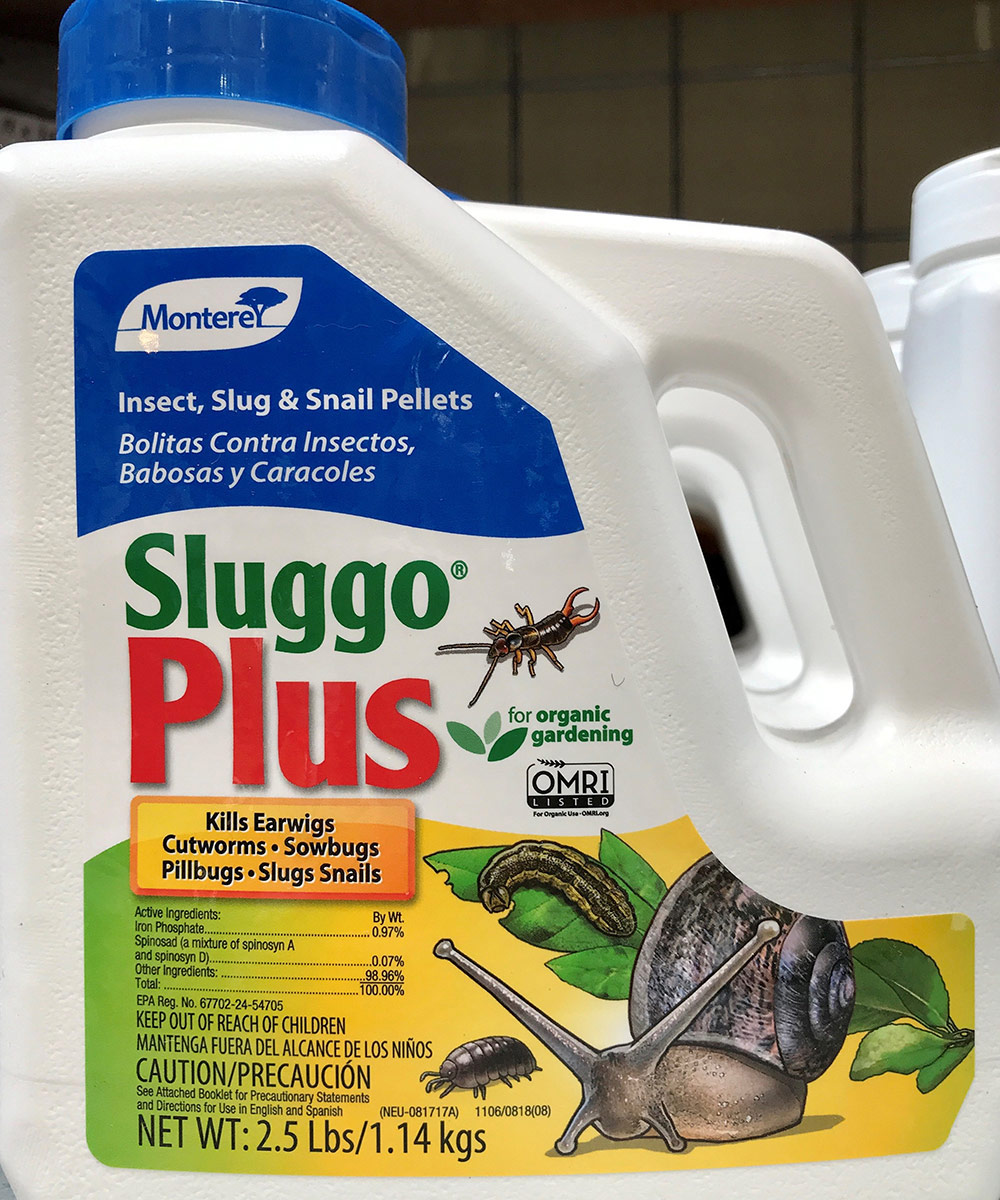
Put down slug bait
Toward the end of winter is usually when I put my first slug bait out into the garden. I use a natural pet/wildlife-friendly one, but you can use whatever is most effective in your garden. It is important to use it before you see the first sign of damage. This keeps the slug population from growing quickly. Even snowdrops (Galanthus spp. and cvs., Zones 3–8) can be eaten by slugs.

Share spring photos to encourage other gardeners
Our gardens in the Pacific Northwest often wake up earlier than those in much of the rest of the country. Early snowdrops start pushing through the soil. Witch hazels (Hamamelis spp. and cvs., Zones 3–8) begin pushing out spiky orange, yellow, and red flowers, while paperbush (Edgeworthia chrysantha and cvs., Zones 7–10) buds fatten up and eventually burst open. Before you go back indoors, take a look around and see what is emerging in your garden. Then share your finds with others—not everyone experiences spring as early as we do!
Susan Calhoun is the owner of Plantswoman Design in Bainbridge Island, Washington.


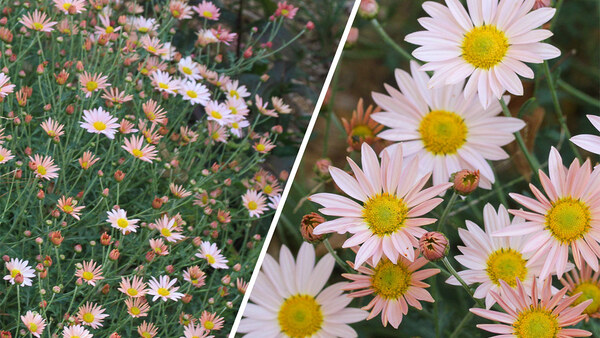

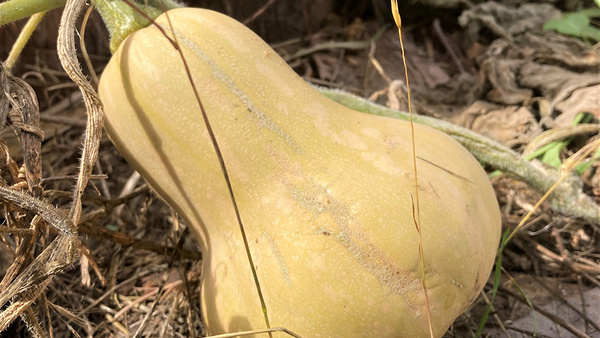
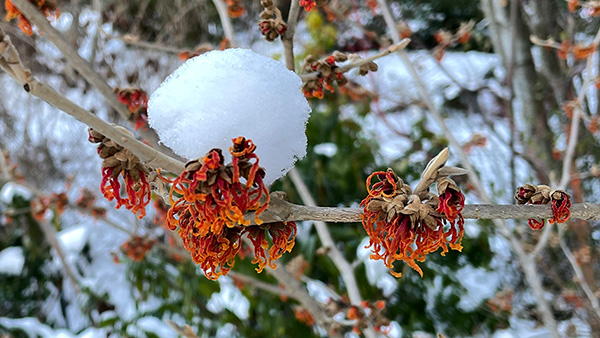












Comments
Log in or create an account to post a comment.
Sign up Log in